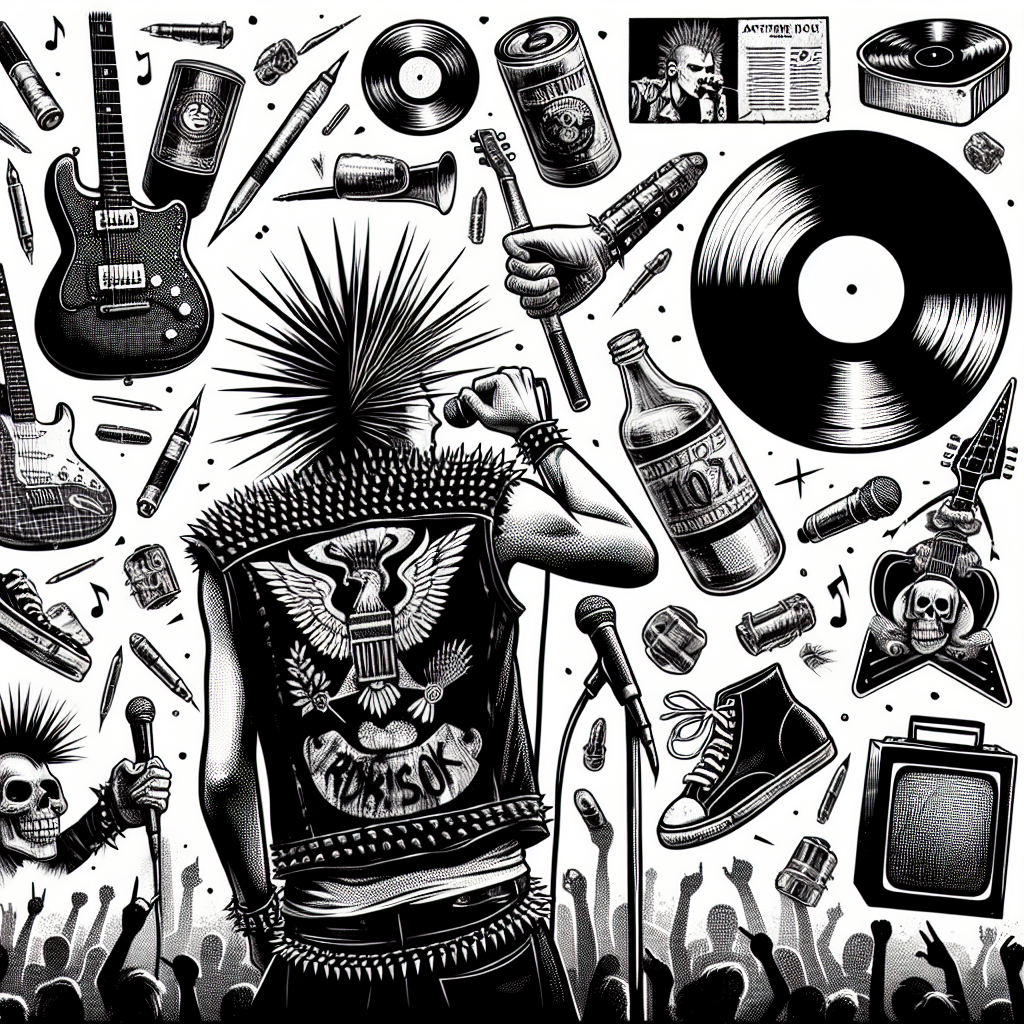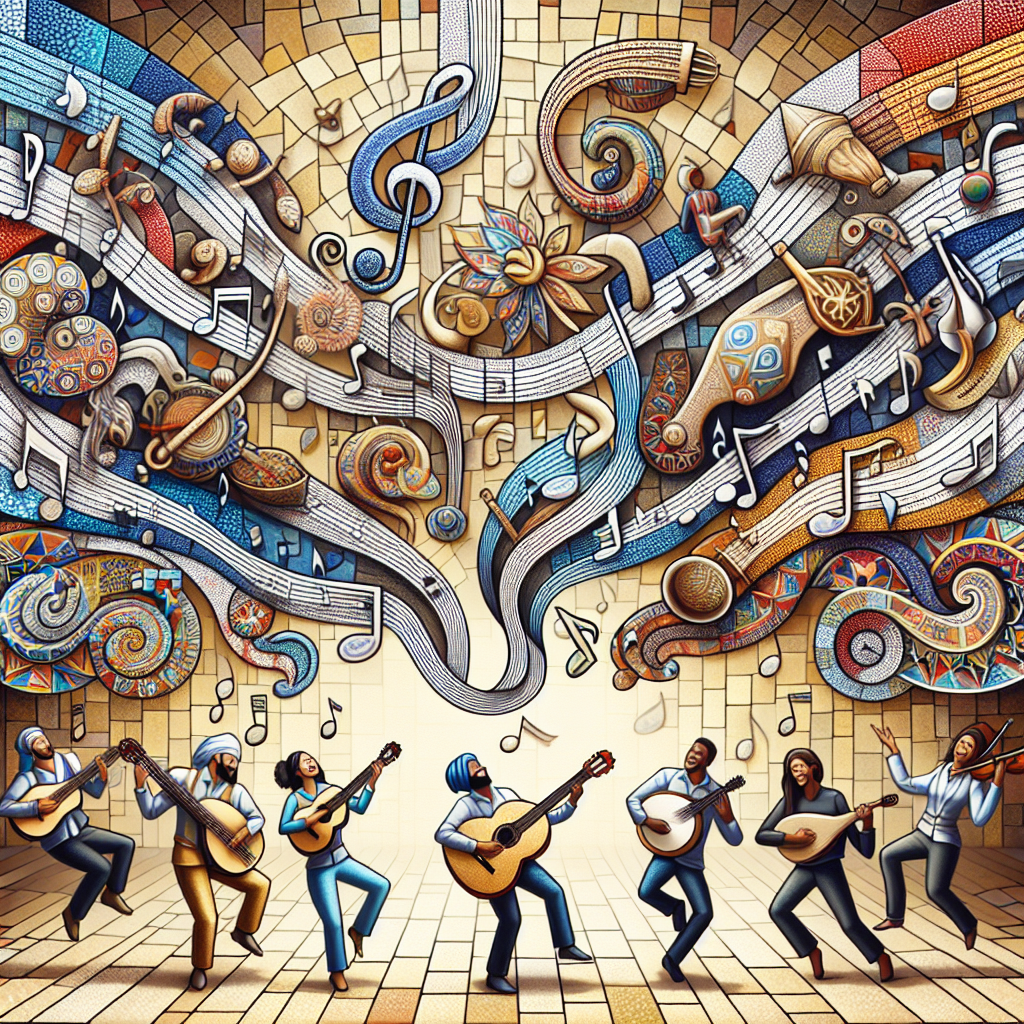Rhythm and Blues, colloquially known as R&B, is a genre of popular music that emerged in the African-American communities of the United States in the 1940s. It is a genre known for its explicit emotional eloquence, expressed through its melodic tunes and soul-stirring lyrics. This article explores the way R&B artists express emotions through their music, offering a sentimental journey that touches the deepest corners of human emotions.
Origin and Development of R&B
The roots of Rhythm and Blues can be traced back to the spiritual and work songs of African-Americans. Over time, it evolved by incorporating various musical elements from jazz, blues, and gospel. The genre gained popularity during the 1940s, becoming a collective expression of the pain, joy, struggles, and dreams of the African-American community.
Expressive Elements in R&B Music
R&B music serves as an emotional outlet for both the artist and the audience. It is characterized by its lyrical content, rhythmic patterns, and soulful melodies, all of which play a critical role in expressing a wide range of emotions.
The Role of Lyrics in R&B
The lyrics in R&B songs often narrate personal experiences, societal issues, romantic relationships, emotional states, etc. They are purposely raw and honest, channeling authentic emotions and experiences of life. The lyrics’ power lies in their ability to resonate with the listener’s feelings, insinuating a link between the artist’s emotions and the listener’s.
Rhythmic Patterns and Arrangements
One of the distinctive characterizations of R&B music is its unique rhythmic pattern. The rhythm often complements the emotional theme of the song. For instance, faster beats may portray happy or energetic emotions, while slower tempos often accompany more somber or thoughtful sentiments. More than just backing music, the rhythm of R&B carries the emotions and enhances the overall emotional impact.
Melodies and the Human Voice
The melodies in R&B music are profoundly emotive. Harmonious and rhythmic, they seem to echo the song’s emotional narrative. The melody’s intensity – whether mellow, gentle, powerful or stirring – often reflects the emotional content of the song.
Beyond the melody, the human voice plays a significant role in conveying emotions in R&B. The singers’ vocal range, tone, and modulation can convey a spectrum of emotions, offering a personal touch to each narrative and connecting with the listener’s emotions at a primal level.
Conclusion
The beautiful fusion of rhythm, melody and words in Rhythm and Blues serves as a vehicle for expressing the full range of human emotions and experiences. From the heartbreak of a failed relationship, the joy of new love, the pains of societal injustice, to the hope of a better tomorrow, R&B music has continuously provided an avenue for artists to share their deepest feelings and thoughts through relatable stories and emotive compositions. Every note, every beat, every lyric in R&B, echoes an emotion that resonates, connects, and often leaves a lasting impact on its listeners.
Frequently Asked Questions (FAQs)
1. What instrumental ensemble typically comprises R&B music?
R&B music typically includes a large band ensemble that includes drums, piano, guitars, and often horns such as saxophone, trumpet, and trombone.
2. Which are some famous R&B artists?
Some renowned R&B artists include Ray Charles, Aretha Franklin, Marvin Gaye, Stevie Wonder, and more recent artists like Beyoncé, Alicia Keys, and Usher.
3. How is R&B different from Blues?
Though R&B evolved from the blues, there are significant differences. Blues often expresses melancholic emotions and is characterized by a sort of raw simplicity, while R&B encompasses a wider range of emotions and incorporates more complex arrangements and heavier beats.
4. How has R&B influenced other music genres?
R&B has had a significant impact on many music genres, including rock ‘n’ roll, pop, hip-hop, and soul. Many of the distinctive characteristics of these genres, like emotional lyrics and powerful vocals, can be traced back to their R&B roots.
5. What does R&B music symbolize in African-American culture?
R&B music has long served as a platform for African-Americans to express their joys, sorrows, struggles, and victories. It reflects the emotional dynamics of the community, narrating stories of love, loss, hardship, and triumph. It is an integral part of African-American history and cultural heritage.




